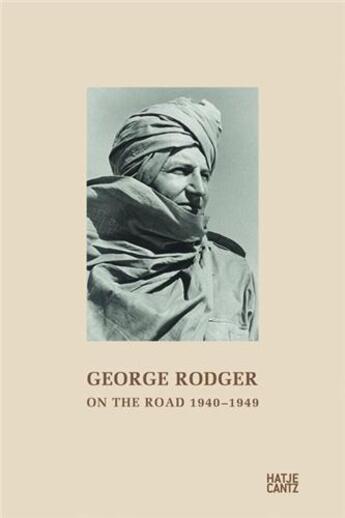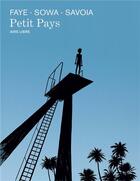-
Date de parution : 01/06/2009
-
Editeur :
Hatje Cantz
-
EAN : 9783775724135
-
Série :
(-)
-
Support :
Papier
Résumé:
British photographer George Rodger, who died in 1995, captured some of the most emblematic images of twentieth century conflict. His earliest photographs, taken during the German air strikes on London (the Blitz) in the Second World War, gained him a position as war correspondent for Life... Voir plus
British photographer George Rodger, who died in 1995, captured some of the most emblematic images of twentieth century conflict. His earliest photographs, taken during the German air strikes on London (the Blitz) in the Second World War, gained him a position as war correspondent for Life magazine, a position which sent him to 61 different countries. Rodger was the first photographer to enter the Bergen-Belsen concentration camp in April 1945, after which he turned his back on war photography, spending the next 30 years traveling 28,000 miles across Africa and the Near East, focusing his lens on the cultures he encountered along the way. "You must feel an affinity for what you are photographing," Rodger remarked of his process. "You must be part of it, and yet remain sufficiently detached to see it objectively. Like watching from the audience a play you already know by heart." Along with Robert Capa, Henri Cartier-Bresson, David Seymour and William Vandivert, Rodger was a co-founder of Magnum photos in 1947. This monograph presents some of Rodger's most iconic photographs, taken during the 1940s, key years in the life of this charismatic adventurer.
Donner votre avis















